Informal Cover Letter Template for Job Seekers
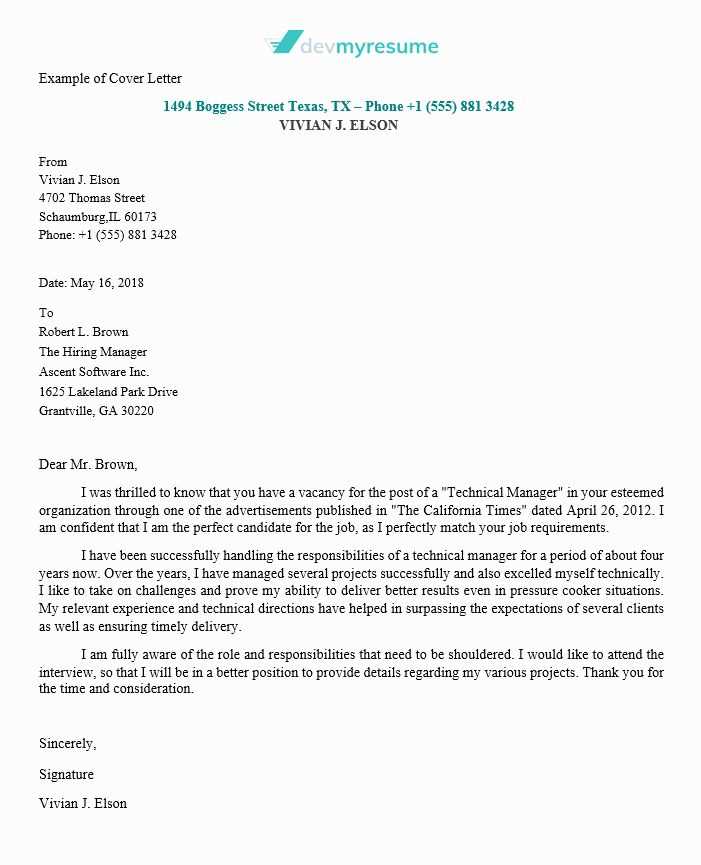
When applying for a position, a relaxed and conversational tone can set you apart from others. This style of writing is especially useful when trying to present your qualifications in a less formal way, showing a personal side that formal applications often lack. Instead of rigid formats, you can focus on authenticity and ease, offering a glimpse into your personality and communication style.
Advantages of a Relaxed Approach
Using a less conventional method can make your submission stand out to hiring managers. Here are some benefits:
- Personal connection: A friendly tone can help establish rapport.
- Authenticity: Letting your natural voice come through shows confidence.
- Engagement: It captures attention more effectively than overly formal communication.
When to Use This Style
This approach is ideal when the company culture is laid-back, or if the position you’re applying for values creativity and personality over formality. Start by researching the company’s values and tone to determine if your style aligns with their image.
How to Structure Your Message
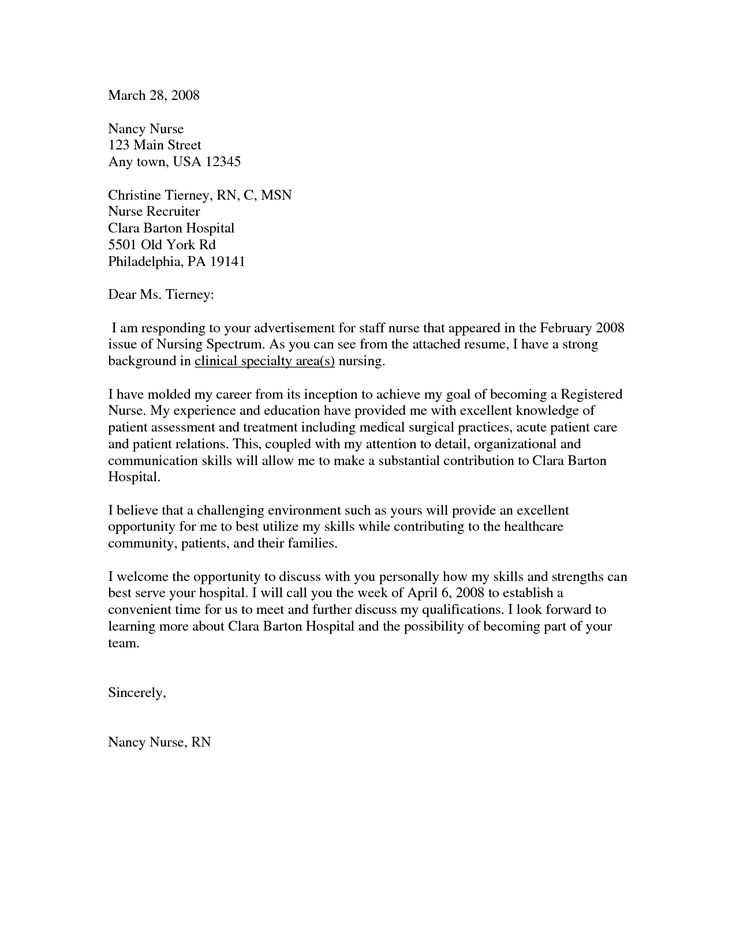
While it’s important to maintain professionalism, your format can be more relaxed. A typical structure includes:
- Introduction: Briefly introduce yourself and why you’re interested in the role.
- Personal Connection: Share why you’re a great fit, perhaps with a story or personal insight.
- Conclusion: End with a positive call to action, expressing excitement about the next steps.
Key Tips for Success
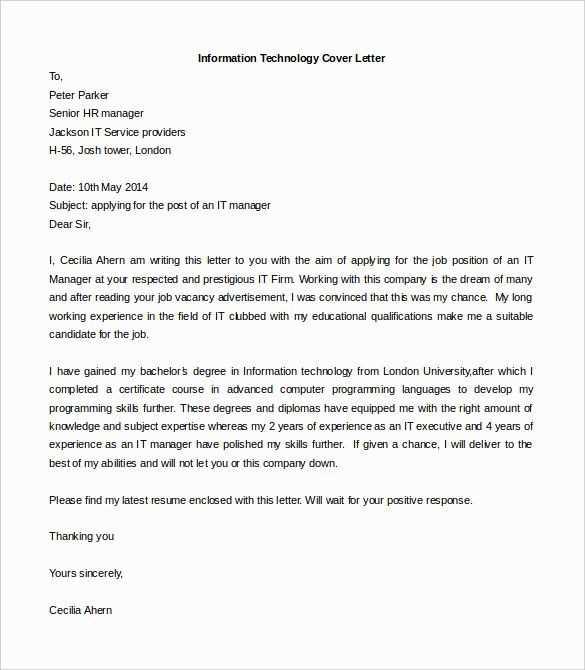
To keep your message effective, here are some quick tips:
- Keep it concise: Avoid unnecessary details while still conveying your enthusiasm.
- Be genuine: Let your real personality shine through without being overly casual.
- Proofread: Even with a relaxed tone, spelling and grammar matter.
Casual Application Correspondence and Its Benefits
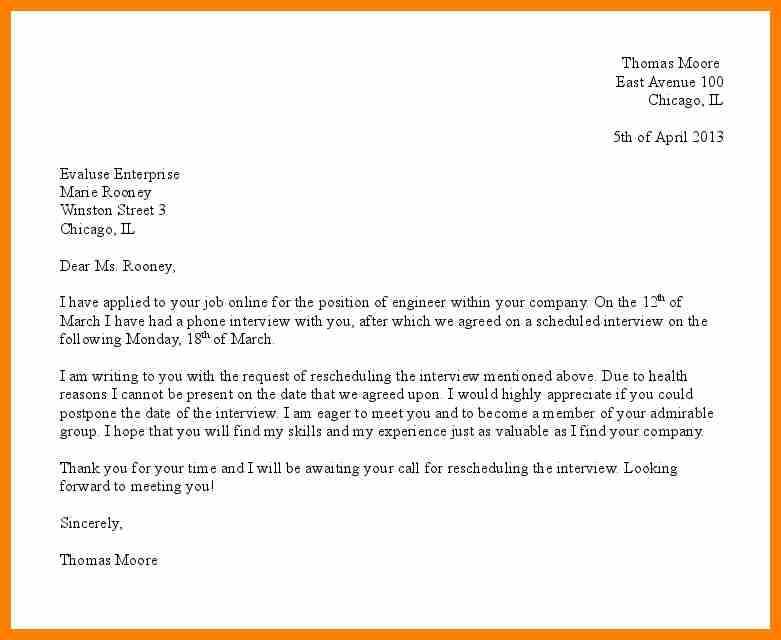
In today’s job market, standing out from the crowd often requires a more personalized approach. For many candidates, opting for a less rigid style can present their qualifications in a more approachable and human way. This style reflects not just your skills, but also your ability to connect on a more genuine level with the hiring manager.
Key Differences Between Structured and Relaxed Approaches
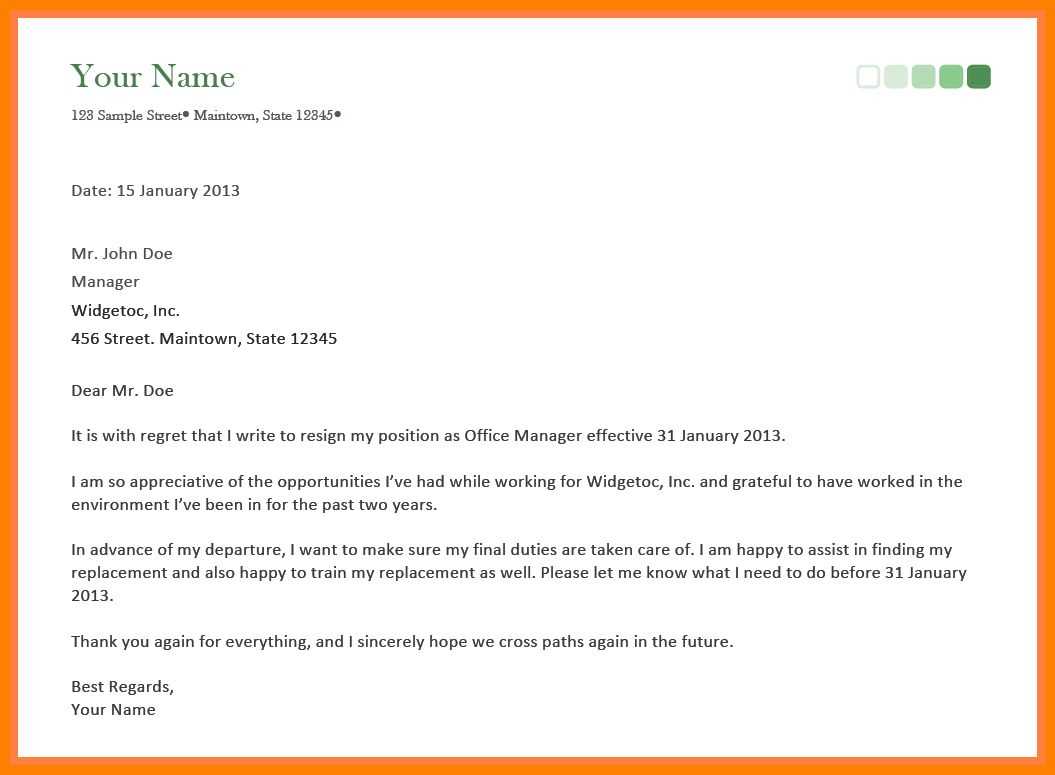
The most noticeable difference between a formal application and a casual approach lies in tone and structure. A traditional, structured communication often adheres to strict formats, emphasizing professionalism and distance. In contrast, a more laid-back style allows for a conversational tone, enabling the candidate to showcase their personality while still conveying their qualifications.
Why Choose a More Casual Approach?
Opting for a relaxed style can be especially effective in industries or companies that value creativity and individual expression. When applying for roles in more creative or startup environments, using a conversational tone may resonate better with the hiring team. It can demonstrate your fit within their culture and show you’re not just another candidate following a template.
Advantages of a Relaxed Application Style:
- Shows authenticity: Candidates who are themselves are often more memorable.
- Fosters connection: A more approachable tone can help build rapport with the reader.
- Encourages engagement: A less formal message feels more like a conversation than a formality.
How to Write a Relaxed Yet Professional Message
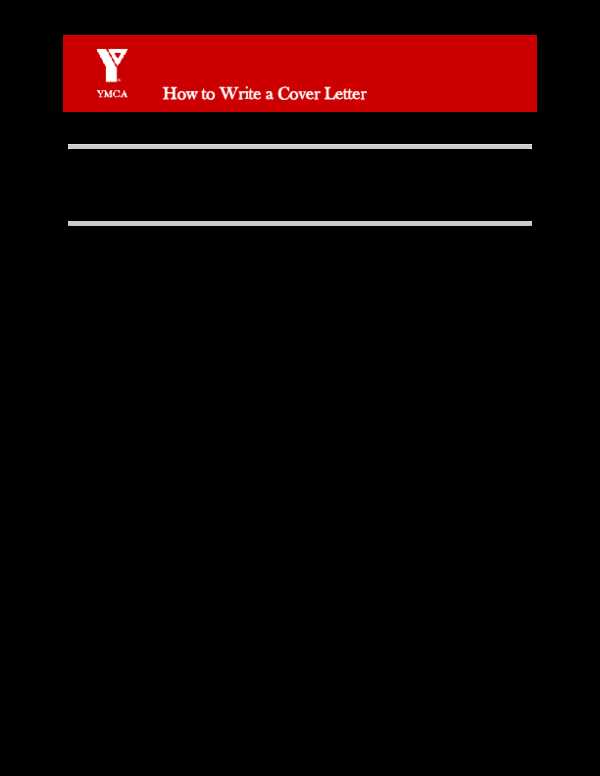
Even when adopting a casual approach, it’s essential to remain professional. Start with a clear introduction, explain why you are excited about the opportunity, and express how your experiences align with the role. Throughout, ensure your tone is friendly yet focused, balancing enthusiasm with clarity.
Best Practices for Maintaining a Relaxed Tone:
- Be genuine: Let your true voice come through while maintaining respect for the reader.
- Keep it brief: Avoid unnecessary details but keep the message clear and to the point.
- Stay positive: Use optimistic language that conveys eagerness and confidence.